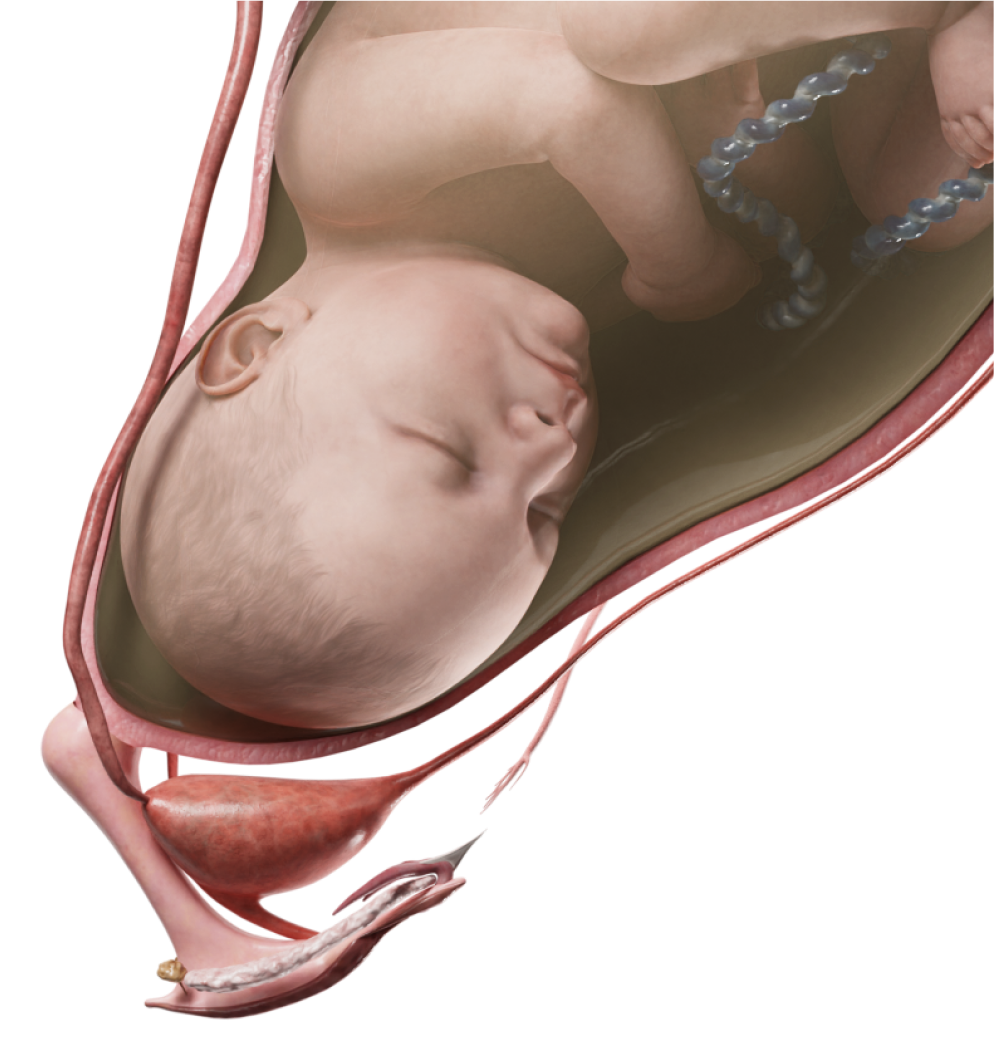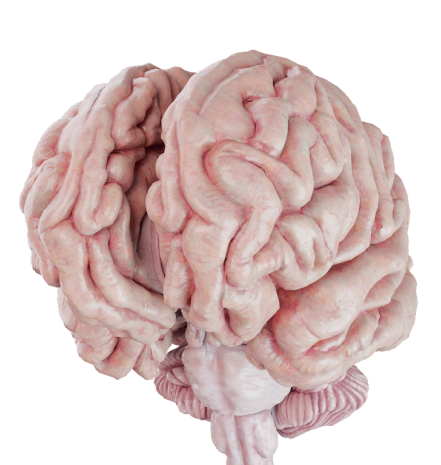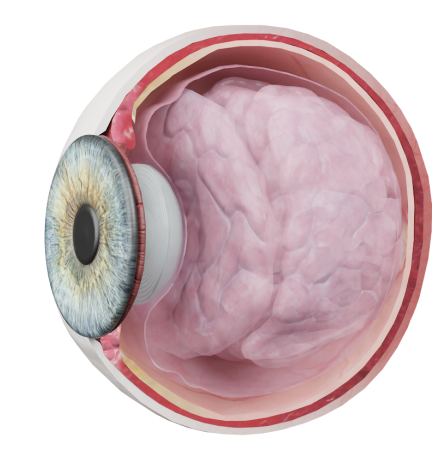Consequences of nose injuries
This category encompasses pathological conditions that arise from disruptions in the anatomical integrity of nasal structures following any type of mechanical impact on the tissues.
Classification
➔ Nasal septal hematomas:
● unilateral hematoma;
● bilateral hematoma.
➔ Nasal septal abscess:
● unilateral abscess;
● bilateral abscess.
➔ Nasal synechiae.
➔ Acquired choanal atresia.
➔ Nasal septal perforation.
➔ Posttraumatic alteration of external nose.
Etiology
Generally, mechanical injuries to the nose (such as traumas, falls, or traffic accidents) constitute the primary cause of the conditions mentioned above. In rare cases, medical interventions (such as surgery) may also be the source of the problem. Aside from short-term inconveniences, these injuries can have lasting effects on an individual’s well-being. Moreover, chronic indolent infections or autoimmune diseases in the nasal cavity may give impetus to pathological changes. The main concern here is that patients tend to postpone their visit to an ENT specialist due to mild symptoms.
Although injuries are the primary cause of hematomas, the condition may originate from a viral infection that is characterized by vascular congestion and increased vascular fragility of the nasal mucosa. Both factors contribute to spontaneous hemorrhage to the submucosa.
Nasal septal abscesses may develop due to a trauma, untreated hematoma, or an infection migrating from the integument (erysipelas or a nasal furuncle) and the oral cavity during caries.
Nasal synechiae are common post-surgery (such as septoplasty, polyp removal, or turbinate reduction). This happens due to negligent postoperative care that leads to prolonged healing, marked edema, or secondary bacterial infection. If first aid has been rendered improperly, nasal packing may damage the mucosa. In such cases, the odds of developing synechiae are higher. Currently, autoimmune diseases, such as ANCA-associated vasculitis, are on the rise. Among other things, these conditions present with atrophic processes and ulceration in the nasal cavity and consequently synechiae.
Acquired choanal atresia is mainly caused by extensive injuries to the facial bones, burns of the upper respiratory tract, prolonged usage of a nasogastric tube, or autoimmune conditions.
Nasal septal perforation may be caused by a variety of factors, including injuries, burns, surgery, atrophic processes, autoimmune diseases and infections, septal abscesses, long-term use of intranasal medicines or recreational drugs, and intermittent nasal traumas (nose picking), among others. Idiopathic perforation with no evident etiology represents a special case.
Sometimes facial bones are subjected to some kind of mechanical impact of varying force and direction, such as blows or falls. Posttraumatic alteration of the external nose arises if there has been no nasal bone reposition for some reason. This may be due to exceeded deadlines for the procedure, a patient’s unwillingness, or contraindications.
Anatomic Pathology
Nasal septal hematomas are accumulations of blood in a space between the mucosa and the underlying tissues, which can involve either cartilage or bone.
This condition tends to develop within the first 24 hours after an injury (or surgery). Clinically, it presents as a fluctuating, tense, cyanotic mucosa on the nasal septum of the affected side. A hematoma may spread to cartilaginous parts, which occurs more frequently, or the posterior bony part of the nasal septum. A bilateral lesion manifests as a blood accumulation along both sides of the nasal septum.
Nasal septal abscess is an accumulation of pus beneath the mucosa of the nasal septum. It is not confined to any particular part of the nose but is more common in the region of the nasal septal cartilage (syn. “quadrangular cartilage”). The condition may evolve as a complication of an undrained nasal hematoma or manifest alone after a trauma or an intranasal procedure. If untreated, the purulent process goes deeper and affects cartilaginous and bony structures. The disease gets more serious if the nasal septum is perforated, the dorsum of the nose becomes deformed (revealing a depression), or an inflammation spreads to the periorbital region and intracerebral structures.
Nasal synechiae constitute an abnormal, extensive proliferation of connective tissue. They usually manifest as bands between the nasal septum and structures of the lateral wall of the nasal cavity (nasal concha). As a result, the nose morphology and function are affected.
Acquired choanal atresia means that a connective tissue or cartilaginous membrane formed at the level of the choanae disrupts the air flow through the nasal cavity to the nasopharynx. The condition may be both uni- and bilateral, as well as partial (with a partially preserved lumen) or complete. Acquired choanal atresia is most commonly a unilateral partial condition.
A nasal septal perforation tends to affect the anterior nose within the nasal septal cartilage and the Kiesselbach plexus. Underneath an ulceration of the mucosa, a full-thickness defect of the cartilage develops. Over time, the lesion tends to grow larger, while granulation tissue proliferates along its edges. Due to perforation, the natural laminar airflow becomes turbulent. This compromises the ventilation of the nasal cavity and paranasal sinuses, eventually leading to a chronic inflammation. Perforation may be small (up to 0.5 cm), medium (0.5–2 cm), and large (> 2 cm).
A posttraumatic alteration of the external nose means that the normal cartilaginous or bony anatomy of the nose (its dorsum, apex, or septum) has been affected and no proper and timely surgical treatment has been performed (for instance, nasal bone reposition). Later on, the nose may become disfigured: a saddle deformity involves a depressed or collapsed dorsum, a curved (or scoliotic) deformity disturbs the straight axis of the nasal dorsum, while an angulation implies a lateral displacement of the dorsum with the axis intact.
Clinical Manifestations
A nasal septal hematoma is typically a moderately painful or painless condition. Small accumulations of blood do not affect nasal breathing, leaving them undetected. The contents may lyze without any treatment; however, more commonly, cases occur when a hematoma suppurates and a full-blown nasal septal abscess develops. Nasal breathing is obstructed in case of bilateral or large hematomas.
A nasal septal abscess has a distinct pattern. Patients complain of marked nasal pain and nasal breathing problems on the affected side. The condition is also characterized by general symptoms such as chills, fatigue, headaches, and fever.
Nasal synechiae lead to breathing problems, reduced sense of smell, dryness, and crusting. Sinusitis and snoring are also among the most common signs of the condition.
Acquired choanal atresia may present with breathing problems of various degrees, mucous discharge, reduced sense of smell, and rhinophonia (marked nasal resonance).
Nasal septal perforation leads to atrophic processes, dryness, and crusting in the nasal cavity. A patient may experience loss of smell and recurrent nosebleeds.
Posttraumatic alteration of the external nose makes a patient unsatisfied with the shape of their nose. One of the signs is nasal breathing problems.
Diagnosis
To diagnose this category of conditions, a thorough medical history and a routine physical examination (rhinoscopy) should be enough. A nasal cavity endoscopy or a CT of the facial bones may be performed as needed. For diagnostic and therapeutic purposes, hematomas and nasal septal abscesses require a puncture to evacuate the contents and to determine their nature.
Treatment
A nasal septal hematoma is usually punctured with a needle to aspirate the contents. An anterior nasal packing is then performed to fix and reapproximate the mucosa to the subjacent tissues. An oral antibacterial therapy may be prescribed if indicated. In order to prevent suppurative complications, a nasal packing material is soaked with antiseptic solutions.
Nasal septal abscesses are treated by performing incision and drainage (I&D) of the mucosa at a site of its most prominent bulging and evacuating pathological matter. Prior to nasal packing, the resulting cavity is rinsed with antiseptic solutions and drained.Nasal septal abscessOral antibacterial therapy is indicated, taking into account any potential antimicrobial susceptibility. To ensure successful treatment, it’s important to regularly change the dressing along with the drainage. A bilateral abscess requires the mucosa to be cut bilaterally but asymmetrically. Otherwise, the nasal septum may become perforated.
At the discretion of a doctor, depending on the equipment available (ultrasonic, laser, or radio-frequency scalpels, conventional scalpels or scissors), nasal synechiae may be cut in various ways. After an intervention, it is crucial to prevent synechiae in the future. To this end, silicone nasal splints are utilized during the recovery. Nosebleeds are halted by nasal packing using a hemostatic sponge. To promote healing after surgery, crusts should be carefully removed and ointment-treated gauze strips should be inserted into the nasal cavity on a regular basis.
Acquired choanal atresia is cured by endoscopic wide excision of the pathological tissue. Whenever possible, the normal anatomy of the structure should be restored. Scars are prevented by silicone tubes that reach the size of the choanae and are placed within the nasal cavity until full recovery (up to 3–4 weeks).
Currently, perforation repair poses a great challenge for ENT surgeons. The best outcome is achieved when the root cause has been established. Then it may be either eliminated or mitigated. Clinical manifestations may be reduced when the nasal cavity is regularly moisturized with saline solutions and an ointment is applied to crusts. However, these measures cannot make the lesion heal completely and just stop its enlargement.
A perforation may be covered with a silicone nasal septal prosthesis. However, it may eventually make a defect grow even larger. There are different surgical repair techniques that include the use of a cartilage autograft or a pedicled mucosal flap. After surgery, the tissues are kept in place by nasal splints until fully recovered. However, fully eliminating the defect through surgical means remains challenging. In certain cases, an intervention may lead to worsening of the condition.
Posttraumatic alteration of the external nose may require rhinoplasty or rhinoseptoplasty. The treatment approach is determined by the severity of the lesion.










